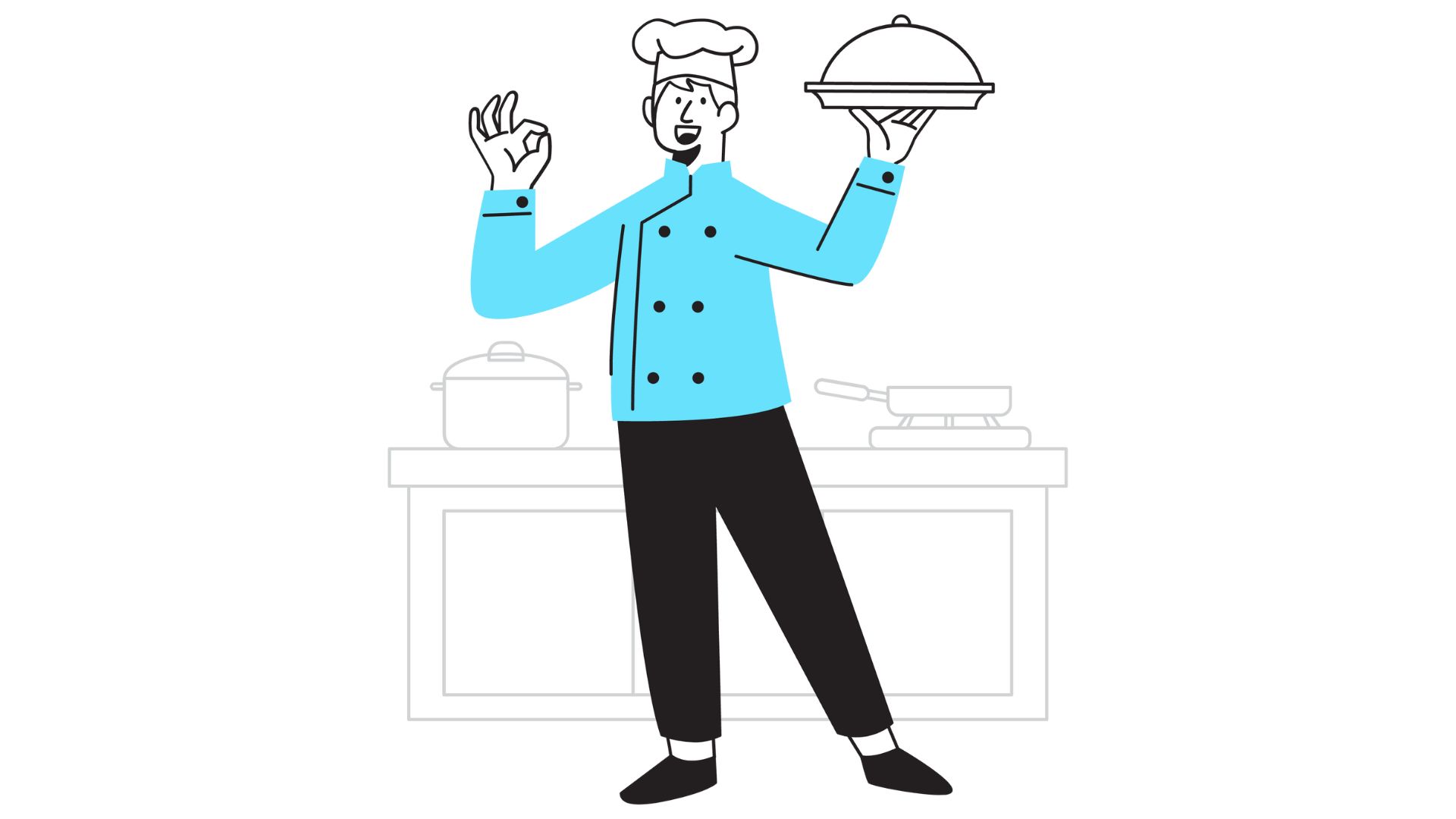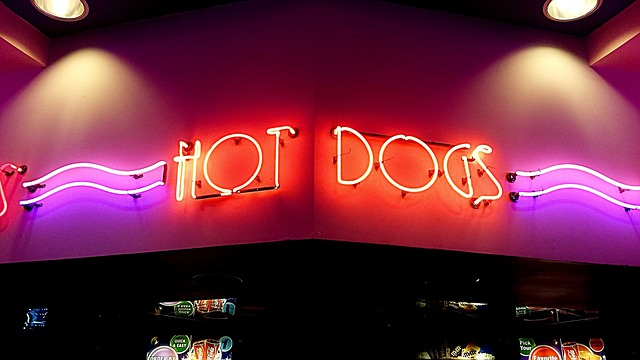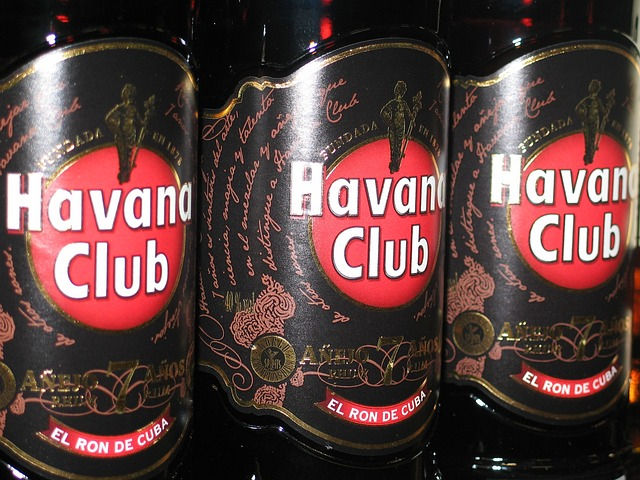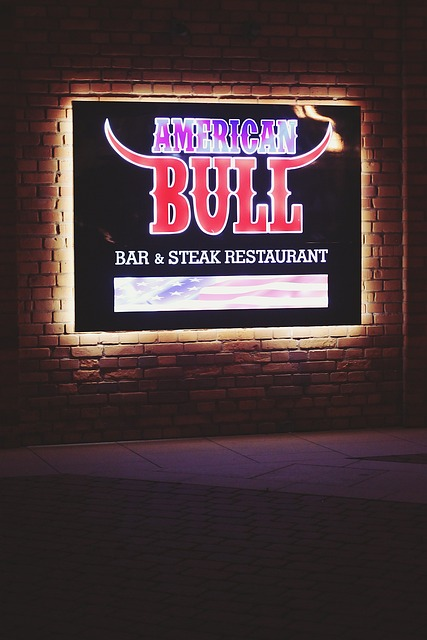Apex Restaurant Marketing 101: Brief Guide

With restaurants, the thing that really sets the dining experience apart isn’t just the quality of the food, but the magic of the ambiance, the warmth of the service, and the creativity behind each dish. It’s about creating a memorable journey with restaurant marketing for every guest that walks through the door, making them eager to return and share their experience with others. This delicate blend of flavors, atmosphere, and connection is what makes a restaurant truly stand out.
What is Restaurant Marketing?
Restaurant marketing involves strategies and tactics to promote dining establishments to attract new customers, retain existing ones, and enhance overall brand visibility and profitability.
How to Build a Restaurant Marketing Strategy?

Identify Your Target Market
Every successful restaurant marketing plan begins with understanding who your customers are. Spend time researching your target audience’s preferences, behaviors, and demographics.
This insight allows you to tailor your marketing efforts more effectively, whether you’re a cozy cafe aiming to attract co-workers for lunch or a fine dining establishment seeking to engage food enthusiasts. Knowing your audience ensures that every dollar spent on advertising reaches the right eyes and ears.
Leverage Social Media Platforms
Social media is an indispensable tool for restaurant owners. Platforms like Facebook, Twitter, and Instagram offer a vast audience for showcasing your restaurant’s ambiance, menu items, and special events.
Sharing behind-the-scenes content, engaging with your community through comments, and using targeted ads can help attract new customers while keeping your restaurant top-of-mind among your existing customer base.
Remember, consistency and quality of content can turn casual followers into repeat customers.
Develop a Strong Brand Identity
Your brand is more than your logo or menu design; it’s the essence of your restaurant’s experience. A strong brand identity resonates with your target market and sets you apart in the competitive landscape.
Consider all elements from the interior decor to the tone of your online presence, including the menu templates you choose. A clear, compelling brand makes your restaurant the go-to place for your desired audience, fostering loyalty and repeat business.
Implement Loyalty Programs
Loyalty programs are a powerful way to build strong customer relationships and encourage repeat business.
Offering rewards for frequent visits or a free meal after a certain number of purchases can make customers feel valued and more likely to become loyal patrons.
Tailor your loyalty programs to reflect your restaurant’s personality and your customers’ preferences, making them an effective tool for retaining customers and boosting sales.
Utilize Customer Feedback
Listening to your customers is crucial for building relationships and improving your service. Encourage feedback through online reviews, comment cards, or social media interactions.
This not only helps in addressing any issues but also in creating a bond with your patrons by showing them that their opinions matter.

Positive feedback can be used in your marketing materials, while constructive criticism offers valuable insights for enhancement.
Focus on Local SEO
For many potential customers, their first interaction with your restaurant will be online. Optimizing your restaurant’s website and online content for local search engines increases your visibility when people search for dining options in your area.
Ensure your site is mobile-friendly, fast-loading, and includes your location, menu, and hours.
Registering your business on Google My Business and encouraging positive Google reviews are also key steps in improving your online presence.
Engage in Community Events
Becoming an active participant in your local community can significantly boost your restaurant’s profile. \
Sponsor local sports teams, participate in charity events, or host community gatherings at your restaurant.
These activities not only increase your visibility but also build goodwill within your community, attracting new customers and strengthening existing relationships.
Track and Adjust Your Marketing Efforts
Effective marketing requires ongoing attention and adjustment.
Set key performance indicators (KPIs) to measure the success of your marketing strategies, such as an increase in foot traffic, growth in social media engagement, or a higher rate of repeat customers.
Regularly review these metrics to understand what’s working and what isn’t, allowing you to refine your approach and allocate your budget more effectively for maximum impact.
Capitalize on Content Marketing
Content marketing is a vital tool for restaurant owners to engage their target audience and combat customer apathy.

By creating compelling, high-quality content that resonates with your audience—whether through mouth-watering photos, behind-the-scenes videos, or insightful blog posts about your culinary journey—you can showcase the passion and creativity that goes into every dish.
This approach not only attracts potential customers but also builds a deeper connection with your loyal customers, encouraging them to keep coming back.
Optimize Your Online Ordering System
For many small businesses, especially restaurants, offering an efficient online ordering system has become essential.
It’s not just about having a digital presence; it’s about creating a seamless, user-friendly experience that meets your customers’ expectations. Ensuring your website or app is intuitive and your menu is easily navigable can significantly increase sales and attract new customers who prefer the convenience of dining at home.
This investment in your restaurant online can yield a high return by expanding your customer base beyond the four walls of your establishment.
Experiment with Old School Marketing Tactics
In a world dominated by digital marketing, there’s still a place for old-school strategies that many businesses overlook.
Direct mail, community bulletin boards, local newspaper ads, or even a memorable menu item giveaway can create buzz and attract the right audience to your new restaurant.

These tactics can complement your online efforts, offering a tangible touchpoint that stands out in an increasingly virtual world. Remember, the goal is to create a memorable experience that encourages word-of-mouth advertising, still one of the most powerful tools in your marketing arsenal.
Conduct Competitive Analysis
Understanding the competitive landscape is crucial for any business, but it’s particularly vital for restaurants facing many challenges from both direct and indirect competition.
Regularly research your competitors to understand their offerings, marketing strategies, and customer feedback. This knowledge can help you identify opportunities to differentiate your restaurant, highlight unique menu items, or improve service areas that could attract customers looking for a new dining experience.
It’s not about copying what others are doing but finding a gap you can fill uniquely and effectively.
Leverage Email Marketing
Email marketing remains an incredibly cost-effective tool for reaching your target audience and keeping your restaurant top of mind.
Collecting email addresses from your customers—with their permission—allows you to send them updates about new menu items, special events, or exclusive offers. Besides, you can use a menu maker to create a menu design that attracts your customers.
Personalization can enhance this strategy further, tailoring messages to customer preferences or past dining experiences to increase engagement.
For small businesses, the ability to create a direct line of communication with your customers is invaluable, providing a platform to build loyalty and encourage repeat business.
Invest in Training Your Staff
The quality of service can make or break a dining experience, influencing whether customers become loyal patrons or one-time visitors.
Investing in comprehensive training for your staff not only improves the overall customer experience but also empowers your team to become advocates for your brand.
Training should cover everything from the specifics of your menu to the importance of creating a welcoming atmosphere and how to handle customer complaints gracefully.
A well-trained, enthusiastic staff can significantly enhance your restaurant’s reputation, encouraging customers to spread the word and return with friends and family.
Examples of Best Restaurant Marketing Strategies
Looking for some restaurant marketing ideas? Read several factors that impact it – and take your restaurant marketing plan to the next level.

Utilizing Social Media Influencers
Partnering with social media influencers can catapult a restaurant’s visibility beyond the traditional reach of its four walls. A single post or story from a well-followed influencer dining at your location can attract new customers eager to experience what they’ve seen online.
This strategy allows each restaurant owner to leverage the influencers’ followers, converting them into potential customers. The key is choosing influencers whose audience aligns with your target market, ensuring an authentic promotion of your food and ambiance.
Creating Immersive Pop-up Events
Pop-up events provide an innovative platform for restaurants to showcase their culinary creativity, attract media attention, and generate buzz within the community. These limited-time events can range from a unique menu item launch to collaborations with local artists or chefs.
The scarcity and exclusivity of pop-up events create a sense of urgency, encouraging customers to participate and share their experiences on social media, thus amplifying your restaurant’s presence in the market.
Leveraging User-Generated Content
Encouraging customers to share their dining experiences on platforms like Facebook and Instagram can be a powerful restaurant marketing strategy.
User-generated content, such as photos or reviews shared by your customers, serves as a personal endorsement of your restaurant.

This not only addresses customer apathy by showing real-life experiences but also builds loyalty and trust among potential new customers.
Highlighting this content on your own social media channels or website can further reinforce your restaurant’s reputation and success.
Revamping Loyalty Programs
Modernizing loyalty programs to offer more than just traditional rewards can significantly boost a restaurant’s repeat business.
By integrating technology, such as mobile apps that track visits and purchases, restaurants can offer personalized rewards, exclusive access to new dishes, or special dining experiences. This approach not only fosters loyalty among existing customers but also serves as an attractive feature for potential new patrons, enhancing overall sales and success.
Investing in Local SEO
Optimizing your restaurant’s online presence for local search results is crucial. Ensuring your site is listed on local directories and has a strong Google My Business profile can dramatically increase your visibility to people searching for restaurants in your area.
This strategy involves regularly updating your listing with high-quality photos, current menus, and engaging descriptions, making it easier for potential customers to find and choose your restaurant over the competition.
Executing Themed Nights or Weeks
Themed nights or weeks, such as a “Taco Tuesday” or “Italian Cuisine Week,” offer a unique way to attract customers and keep them engaged.
These events allow restaurants to showcase specialty dishes, offer discounts, and create a festive atmosphere that encourages community participation.

Effectively marketed through social media, email newsletters, and local community boards, themed events can generate significant buzz and attract both regulars and new patrons eager to experience something different.
Developing a Strong Content Marketing Strategy
A robust content marketing strategy can elevate a restaurant’s brand and attract a wider audience.
This might include blogging about the origins of certain dishes, sharing videos of chefs at work, or offering tips on food pairing.
Quality content not only improves your website’s SEO but also engages your target audience by telling the story behind your restaurant and its food, making it an essential tool for building a strong market presence.
Engaging in Community Partnerships
Forming partnerships with local businesses, schools, or charities can significantly increase a restaurant’s visibility and relevance within the community.
Hosting joint events, offering special discounts to local organization members, or participating in community service projects can all contribute to a positive brand image.
These efforts not only attract new customers but also reinforce your restaurant’s commitment to the community, which can be a powerful differentiator in a competitive market.

Key Takeaways on Restaurant Marketing Plan
- Building a strong community presence is essential for a restaurant’s growth and sustainability.
- Investing in social media ads is a cost-effective way to attract a larger audience and increase sales.
- Continuous research into market trends helps restaurants stay ahead of competition and meet customer expectations.
- Allocating budget wisely between digital and traditional marketing tools maximizes return on investment.
- Effective use of resources, such as local SEO and content marketing, can significantly boost a restaurant’s online visibility.
- Engaging with customers beyond the four walls through social media and events builds loyalty and repeat business.
- Creative restaurant marketing strategies, like themed nights or pop-up events, can generate buzz and attract new customers.
- Understanding the importance of user-generated content can leverage authentic experiences to attract potential patrons.
- Developing a robust marketing plan is critical to navigating the challenges of competition and market dynamics.
- Prioritizing customer feedback and adapting strategies accordingly is key to long-term success and profitability.
Over to You
In conclusion, the essence of restaurant marketing lies in understanding and engaging with the community, leveraging the right mix of traditional and digital tools, and continuously evolving strategies to meet market demands. Success in this competitive landscape requires a thoughtful balance of creativity, budget management, and customer-centric approaches.
So go, create your bespoke restaurant marketing plan today and tackle Apex Restaurant Marketing 101 as you should – today, fight with customer apathy with the right restaurant marketing ideas!



